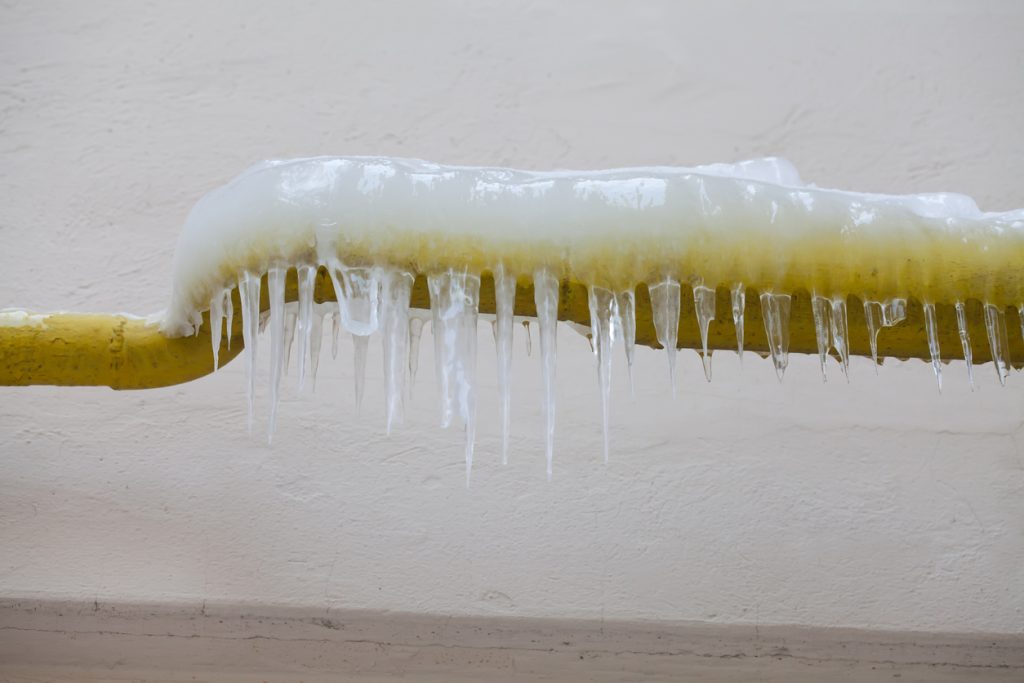Have you been hunting for tips involving How to prepare your home plumbing for winter weather?

Winter can wreak havoc on your pipes, especially by freezing pipelines. Right here's exactly how to avoid it from happening and what to do if it does.
Introduction
As temperature levels decline, the danger of frozen pipelines increases, possibly causing pricey fixings and water damage. Recognizing exactly how to stop frozen pipelines is crucial for house owners in cool climates.
Comprehending Frozen Pipelines
What triggers pipelines to freeze?
Pipelines ice up when revealed to temperatures below 32 ° F (0 ° C) for expanded periods. As water inside the pipelines ices up, it broadens, putting pressure on the pipe wall surfaces and potentially causing them to burst.
Dangers and problems
Frozen pipelines can bring about water disruptions, residential or commercial property damages, and pricey repairs. Ruptured pipes can flood homes and trigger considerable structural damage.
Indicators of Frozen Pipeline
Identifying icy pipes early can avoid them from breaking.
Just how to identify frozen pipes
Look for reduced water circulation from taps, uncommon smells or sounds from pipes, and noticeable frost on subjected pipelines.
Avoidance Tips
Shielding susceptible pipelines
Cover pipes in insulation sleeves or make use of warm tape to shield them from freezing temperature levels. Focus on pipelines in unheated or exterior areas of the home.
Heating methods
Keep indoor areas properly warmed, specifically areas with pipes. Open cabinet doors to allow warm air to circulate around pipelines under sinks.
Protecting Exterior Plumbing
Garden hoses and exterior taps
Detach and drain garden hose pipes before winter season. Set up frost-proof faucets or cover outside taps with protected caps.
What to Do If Your Pipelines Freeze
Immediate activities to take
If you suspect icy pipes, maintain taps open to soothe pressure as the ice thaws. Use a hairdryer or towels taken in hot water to thaw pipes gradually.
Long-Term Solutions
Architectural modifications
Think about rerouting pipes away from outside walls or unheated locations. Add extra insulation to attics, basements, and crawl spaces.
Upgrading insulation
Invest in high-grade insulation for pipelines, attics, and walls. Appropriate insulation assists preserve regular temperature levels and minimizes the danger of frozen pipes.
Verdict
Stopping icy pipelines requires proactive actions and quick reactions. By understanding the reasons, signs, and preventive measures, property owners can secure their plumbing during cold weather.
5 Ways to Prevent Frozen Pipes
Drain Outdoor Faucets and Disconnect Hoses
First, close the shut-off valve that controls the flow of water in the pipe to your outdoor faucet. Then, head outside to disconnect and drain your hose and open the outdoor faucet to allow the water to completely drain out of the line. Turn off the faucet when done. Finally, head back to the shut-off valve and drain the remaining water inside the pipe into a bucket or container. Additionally, if you have a home irrigation system, you should consider hiring an expert to clear the system of water each year.
Insulate Pipes
One of the best and most cost-effective methods for preventing frozen water pipes is to wrap your pipes with insulation. This is especially important for areas in your home that aren’t exposed to heat, such as an attic. We suggest using foam sleeves, which can typically be found at your local hardware store.
Keep Heat Running at 65
Your pipes are located inside your walls, and the temperature there is much colder than the rest of the house. To prevent your pipes from freezing, The Insurance Information Institute suggests that you keep your home heated to at least 65 degrees, even when traveling. You may want to invest in smart devices that can keep an eye on the temperature in your home while you’re away.
Leave Water Dripping
Moving water — even a small trickle — can prevent ice from forming inside your pipes. When freezing temps are imminent, start a drip of water from all faucets that serve exposed pipes. Leaving a few faucets running will also help relieve pressure inside the pipes and help prevent a rupture if the water inside freezes.
Open Cupboard Doors
Warm your kitchen and bathroom pipes by opening cupboards and vanities. You should also leave your interior doors ajar to help warm air circulate evenly throughout your home.

Do you enjoy reading up on Prevent Frozen Pipes ? Put a short review below. We'd be pleased to listen to your ideas about this page. We are looking forward that you visit us again before long. Enjoyed reading our blog? Please quickly share it. Help other people find it. We value reading our article about Prevent Frozen Pipes .
Call Today